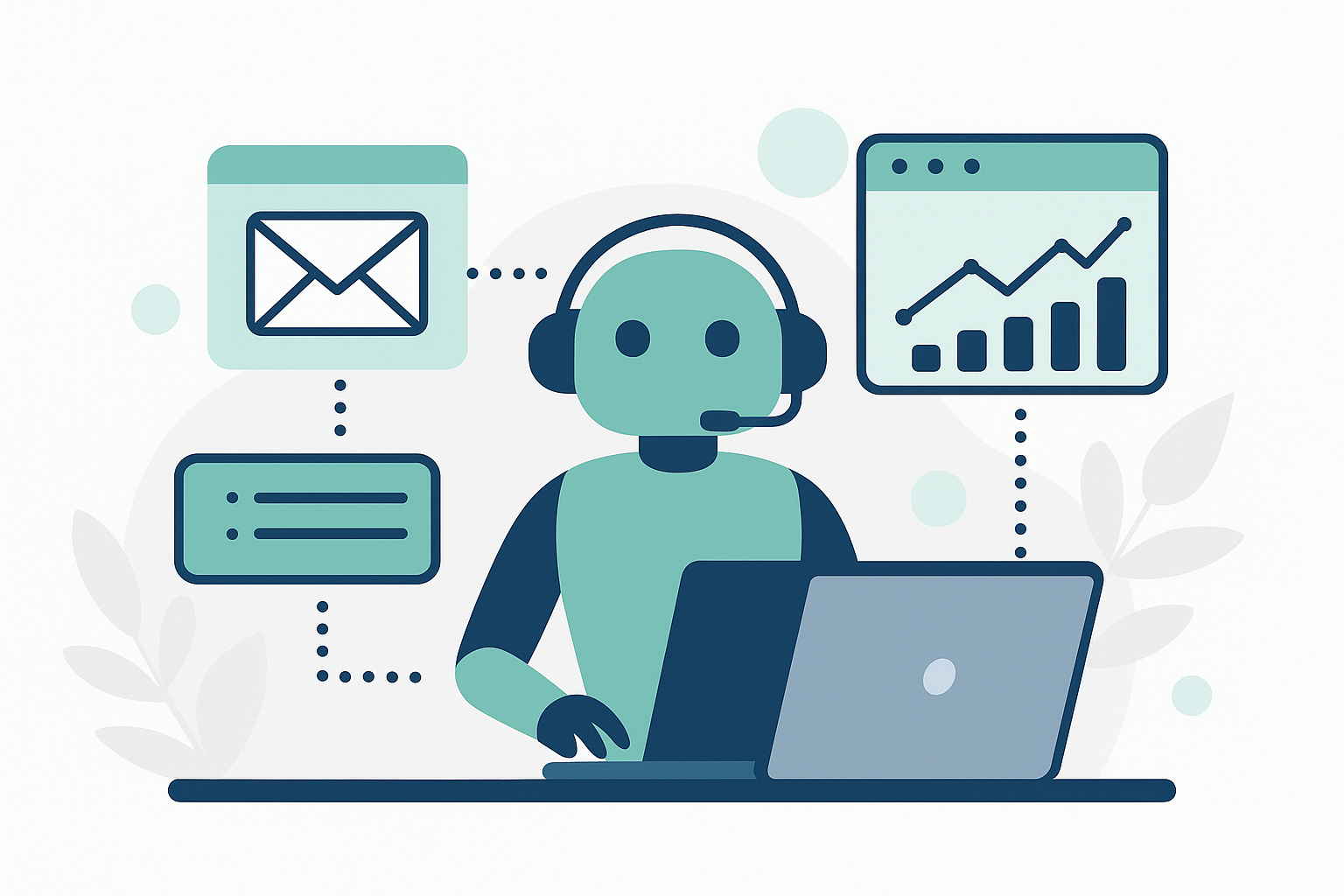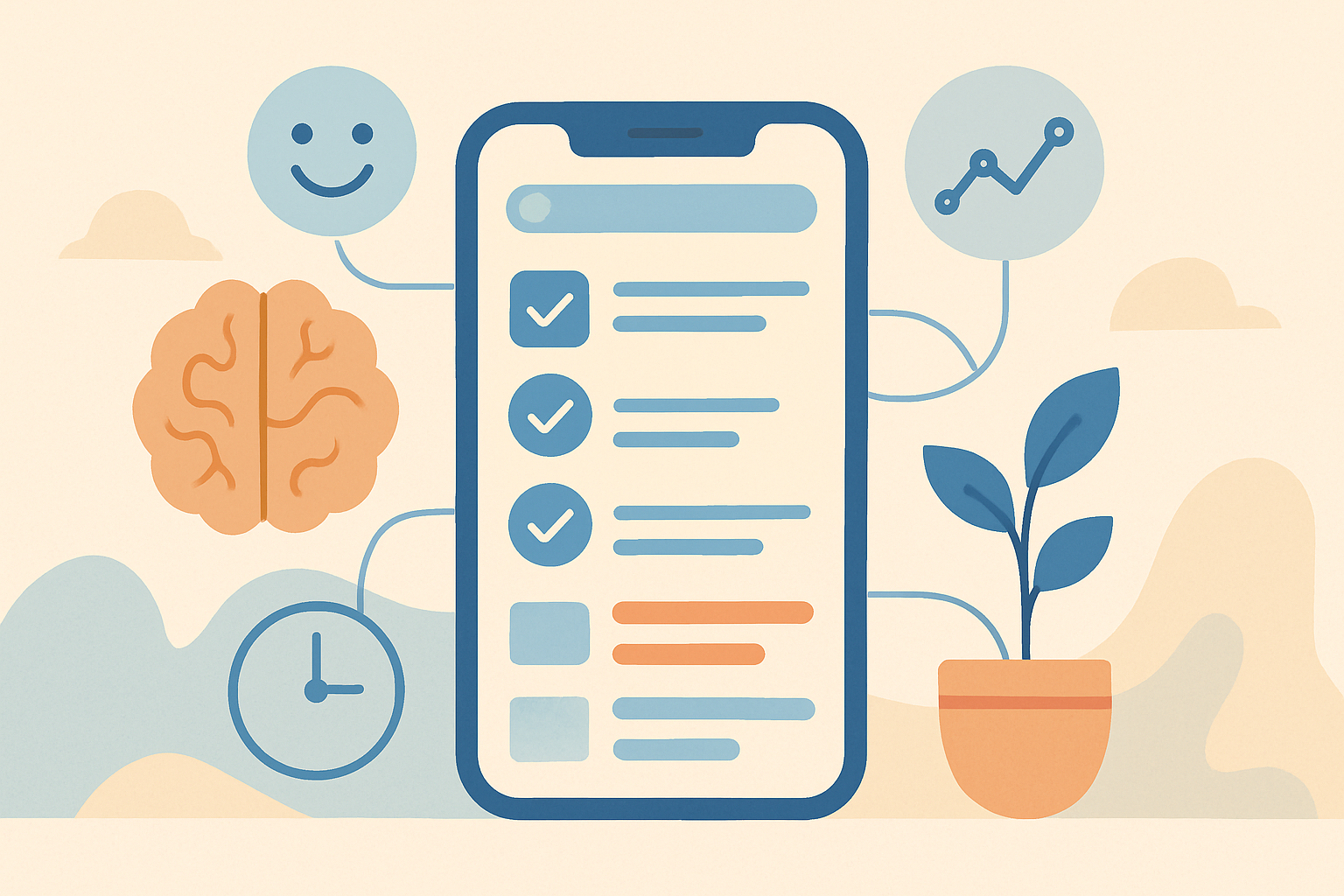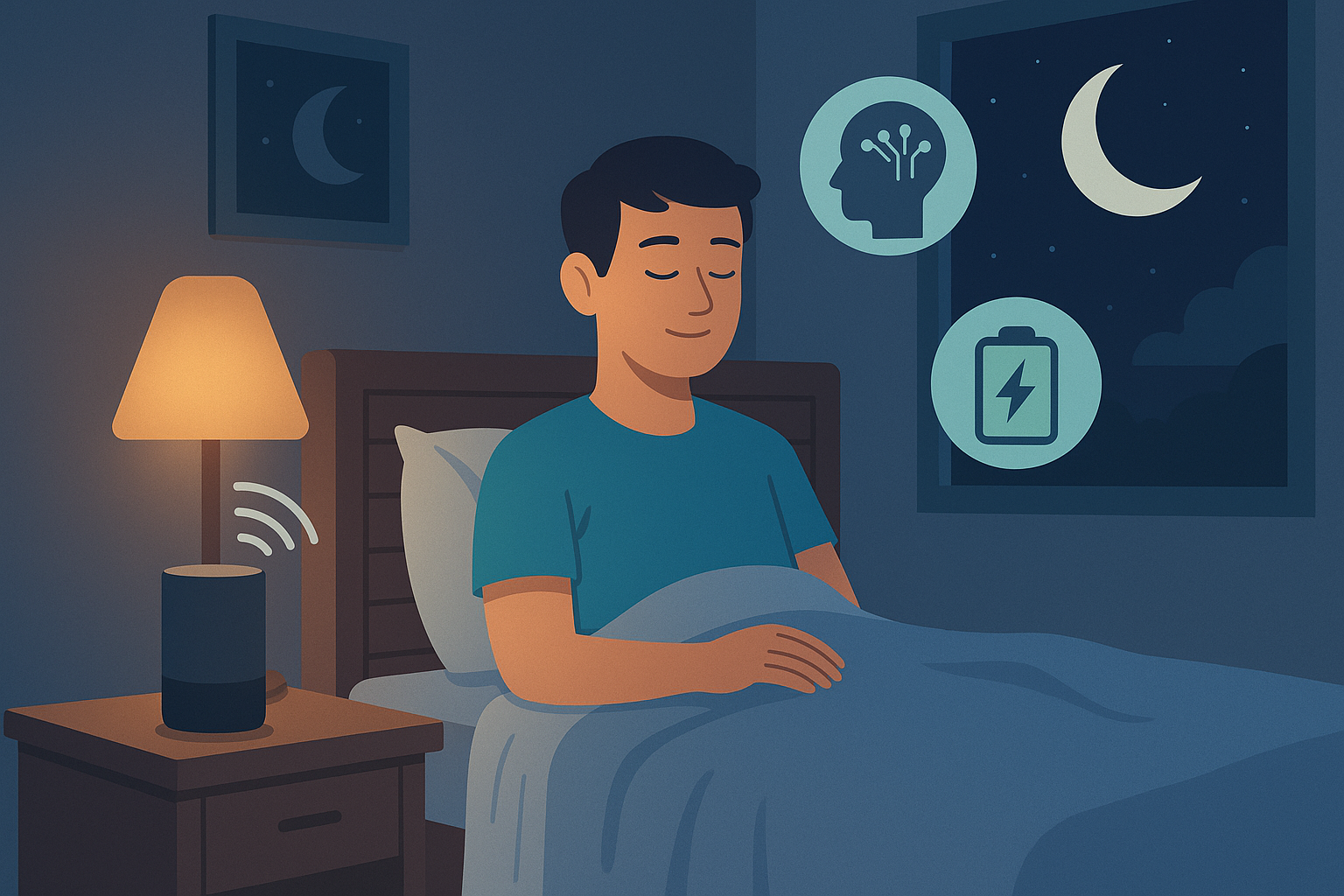For years, virtual assistants have been the backbone of modern productivity — managing schedules, handling messages, organizing files, and keeping operations flowing smoothly. But now, artificial intelligence has reached a point where much of that work can be handled automatically. AI
The idea isn’t to replace people. It’s to replace repetitive labor with intelligent systems.
A single AI setup can now manage communication, scheduling, and even reporting — without needing time zones, breaks, or onboarding.
This is how AI is quietly becoming the next generation of virtual assistants — faster, cheaper, and always awake.

Step 1 — Understanding the AI Shift
The traditional virtual assistant model works, but it scales poorly.
Every additional task or client means adding another person. With AI, you scale by adding workflows — not employees.
Modern AI systems can handle 70–90% of what human assistants do daily: email triage, meeting scheduling, data entry, research, and client follow-ups. The remaining 10–30% is what humans excel at — decision-making, empathy, and creativity.
Instead of outsourcing everything, professionals are now building AI-driven assistant systems that automate admin work and keep humans focused on strategy.
According to McKinsey’s 2025 AI Productivity Report, intelligent automation can cut administrative workloads by up to 45% without sacrificing accuracy or quality.
Step 2 — The Core Capabilities of an AI Assistant
A well-built AI system doesn’t just follow commands — it understands context.
To function as a true replacement for a virtual assistant, your setup should include:
| Function | AI Tools | Description |
|---|---|---|
| Scheduling & Calendar | Reclaim AI, Motion | Automatically reschedules meetings and blocks focus time |
| Email Management | ChatGPT, Make.com | Summarizes and drafts replies intelligently |
| Task Management | Notion AI, Todoist AI | Updates and prioritizes daily tasks dynamically |
| Reporting & Summaries | ChatGPT ADA | Creates daily, weekly, and client updates automatically |
This combination of tools forms what’s known as an “AI operations layer” — a system that coordinates your day without constant human input.
External resource: https://www.usemotion.com
Step 3 — How It Works in Real Life
Let’s imagine a common scenario.
You wake up, and before checking your inbox, your AI assistant has already:
- Reviewed overnight emails and drafted replies.
- Reorganized your meetings based on deadlines and focus priorities.
- Summarized yesterday’s completed tasks into a short report.
- Added reminders for pending invoices or messages.
All of this happens automatically through tools like Zapier, Notion AI, and ChatGPT working together.
Here’s what that automation looks like behind the scenes:
| Time | Action | Result |
|---|---|---|
| 7:00 AM | ChatGPT scans new emails | Generates summaries and replies |
| 7:10 AM | Motion adjusts calendar | Focus blocks created automatically |
| 7:30 AM | Zapier logs reports to Notion | Dashboard updated for the day |
By the time you open your laptop, your day is already optimized.
External link: https://zapier.com
Step 4 — The Tools That Make It Possible
Replacing a virtual assistant with AI doesn’t mean one tool does it all. It means integrating several tools that specialize in different layers of your workflow.
Here’s a simplified version of what I call the AI Assistant Stack:
| Layer | Tool | Purpose |
|---|---|---|
| Automation Engine | Make.com | Connects apps and triggers |
| Intelligence Layer | ChatGPT | Reads, writes, and interprets context |
| Memory & Organization | Notion AI | Stores structured information |
| Communication | Gmail + Slack AI | Handles messaging and updates |
This combination lets your system think, act, and communicate automatically.
For example, when a new task appears in Notion, Make.com sends it to ChatGPT, which analyzes priority and writes a Slack message notifying your team — all without manual effort.
External resource: https://www.make.com/en
Step 5 — The Advantages Over Traditional Virtual Assistants
The difference isn’t just cost — it’s scalability.
A virtual assistant can manage one person’s schedule.
An AI assistant can manage an entire team’s workflow simultaneously.
It’s always available, immune to burnout, and can execute hundreds of repetitive tasks at once.
But the most significant advantage is data awareness.
Your AI assistant doesn’t just execute — it learns. Over time, it recognizes patterns in your communication, understands your preferred tone, and adapts its behavior automatically.
You’re not just delegating — you’re creating an intelligent system that grows smarter every day.
Step 6 — Real-World Example
Here’s how I use AI as a full replacement for my virtual assistant:
Each morning, Make.com scans my Gmail inbox. It sends all unread messages to ChatGPT, which classifies them by urgency and context: “urgent client,” “admin,” or “low priority.”
Responses are drafted automatically and saved in Gmail drafts.
Then, Notion AI organizes tasks based on what’s pending, and Motion builds a dynamic schedule for the day.
Finally, a short summary report is sent to Slack:
“5 emails drafted, 3 meetings rescheduled, 2 new tasks added to your dashboard.”
That’s an entire administrative cycle — automated.
Step 7 — Limitations and Human Touch
AI can replicate workflows, but not intuition.
Some messages require empathy. Some decisions require context beyond data.
That’s why the best systems aren’t built to replace humans but to elevate them.
AI should handle execution so that humans can handle connection.
If your workflow has human review checkpoints — for example, approving replies or verifying reports — you’ll maintain control without losing efficiency.
Step 8 — The Future of AI Assistance
We’re entering an era where intelligent systems manage 90% of operational logistics.
In a few years, AI assistants will integrate seamlessly with video conferencing, CRM platforms, and even financial systems.
Your virtual assistant won’t just manage your day — it will manage your business.
The companies and freelancers who learn to build these systems now will have an unmatched competitive advantage.
External resource: https://openai.com
Conclusion
Replacing a virtual assistant with AI isn’t about cutting costs — it’s about creating a smarter, scalable way to manage time and information.
Once you experience a system that plans, responds, and reports automatically, you’ll never go back to manual administration.
The next assistant you hire won’t have a name or a timezone — it will have an API key.
The Ultimate AI Workflow for Freelancers in 2025
Blog
This section provides an overview of the blog, showcasing a variety of articles, insights, and resources to inform and inspire readers.
-

AI Habit Tracking and the New Rhythm of Modern Self-Improvement
AI Habit Tracking. Progress used to depend on discipline. Now, it depends on data.…
-

AI Decision Making and the New Discipline of Intentional Living
AI Decision Making. Every “yes” has a cost. Every time you agree to something…
-

The Perfect AI Night Routine to Sleep Better and Think Smarter
AI Night Routine. Your morning doesn’t begin when you wake up — it begins…
